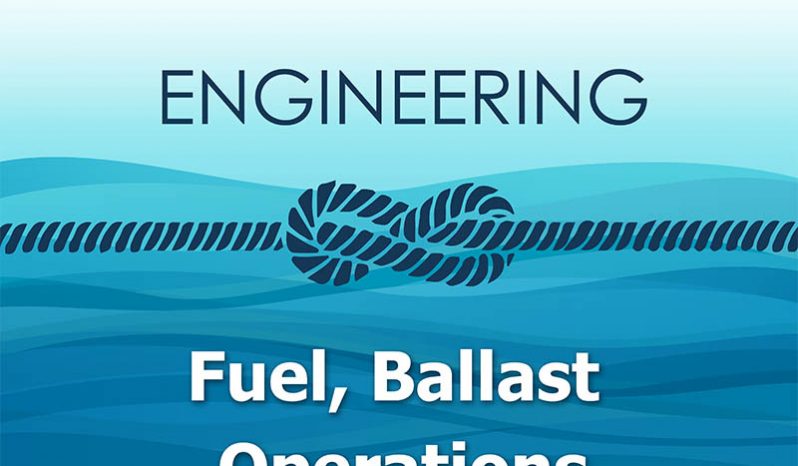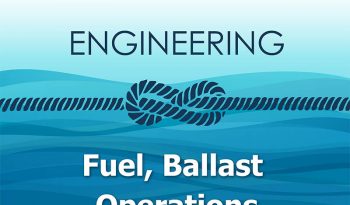Fuel, Ballast Operations. Test 2
Fuel, Ballast Operations. Test 2
You are in charge of the bunkering, and the rate of flow is 350 tons an hour, you are bunkering in the night time, and you are bunkering into 6 different tanks at the same time. After a while, you are confused, and feel that you have lost track of the situation. What do you do?
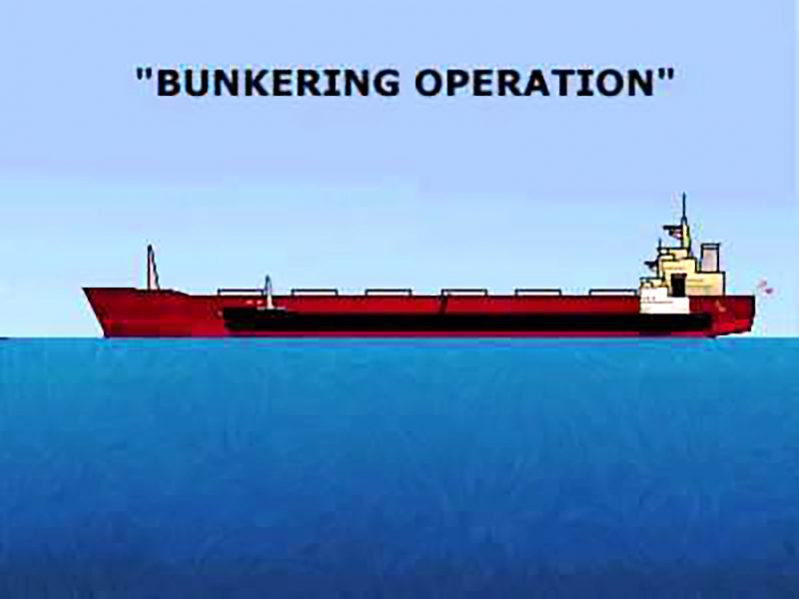
If you have taken full bunker, what is important to have in mind?

To avoid overbunkering and oil spill, it is very important that we keep a close monitoring of the bunkering progress, and this is done by sounding and calculations, the most reliable way is:

Before you close the main gatevalve at the ships bunkering manifold, you should notify:

When you are connected up to the barge/shore facility and ready to start, who is giving the order to start pumping?

As a part of the preparation for bunkering, we are to empty the fuel oil overflow tank before the bunkering. Why?

Why is it necessary to keep cargo and bunkerlines blanked off while not in use?

What is the lowest allowed flashpoint for fuel oil used in the ship's main engine? (SOLAS II-2/14.1.1)
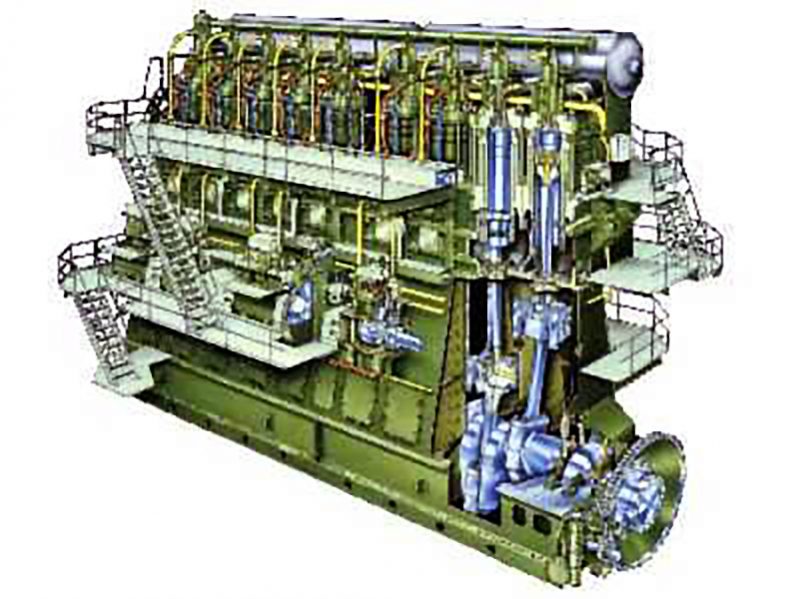
To ensure a safe bunkering operation, and minimize the possibility for overbunkering and oil spill, we need a reliable communication system during the bunkering. How will you act, if your telephone connection goes dead while you are in charge of the bunkering, and the bunkering goes with a rate of 350 tons per hour?

When you notice oil on the water near your vessel during bunkering, you should first?
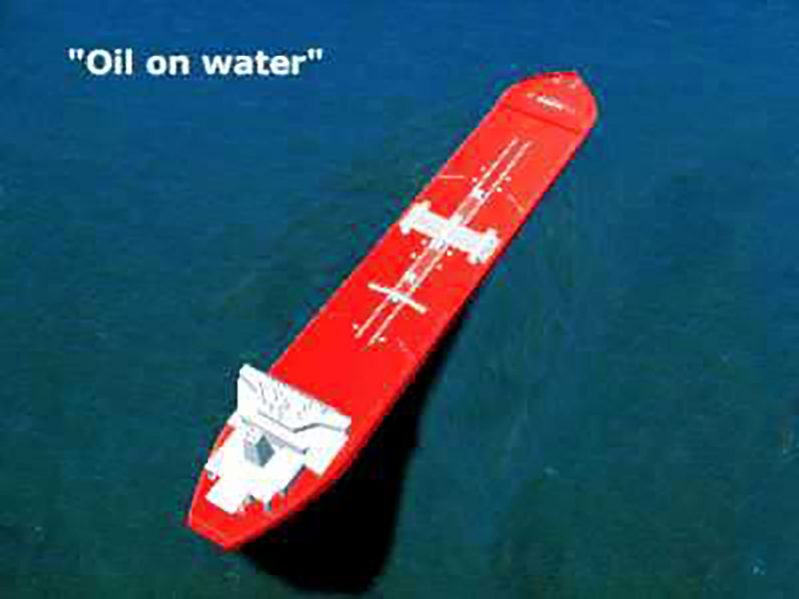
Review Answers

